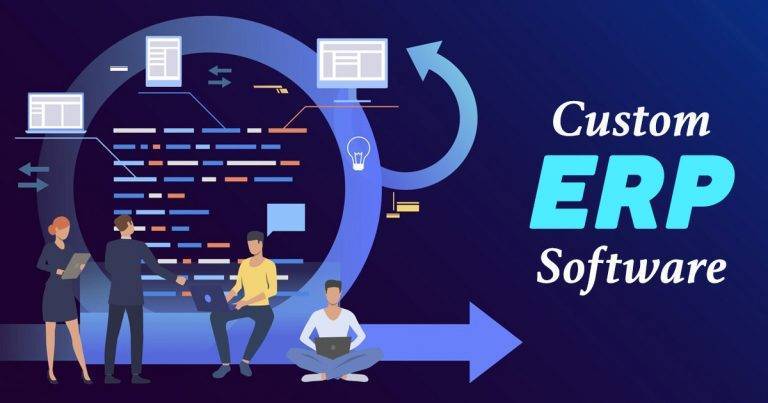Featured Articles
Types of Plumbers – A Comprehensive Exploration
Plumbing is always present and indispensable in our lives, although it often remains unnoticed until a plumbing issue disrupts our daily routines. It is a complex system of pipes, fixtures,…
How to Make $50 a Day: 20 Proven Strategies for Daily Income Growth
With today’s technology, it’s not only possible but also surprisingly easy to learn how to make $50 a day. Whether…
Navigating Mom Shaming with Empathy and Strength
Being a mom is one of the toughest jobs out there. From conception, mothers face a never-ending barrage of decisions,…
Custom ERP Software Development: A Guide
Companies of all sizes are turning to custom ERP software to streamline their operations, boost efficiency, and gain better control…
Popular Articles
Glasses vs. Contacts Prescriptions: What’s the Real Difference?
If you wear glasses or contacts (or both!), you’ve probably wondered, “Are they the same thing?” It’s a common question,…
Discover How Content Marketing is Redefining SEO Success
Gone are the days when SEO was all about stuffing keywords into web pages or tweaking meta tags to climb…
Can You Get a Concussion Without Hitting Your Head? The Truth About Whiplash Injuries
When you think of a concussion, you might imagine a football player tackled hard or someone hitting their head during…
Why You’re Not Losing Weight on Keto and How to Fix It
You’re cutting carbs, loading up on fats, and maybe even testing your ketones. But the scale? It’s stuck. If you’re…
Alcohol and Gout: 10 Drinks to Avoid with Gout
If you’ve ever had a gout flare after a few drinks, you’re not imagining things. Alcohol and gout have a…
15 Natural Ways to Get Silky Hair Without Salon Treatments
If you’re wondering how to get silky hair without spending money on fancy salon treatments or chemical-laced products, you’re in…










